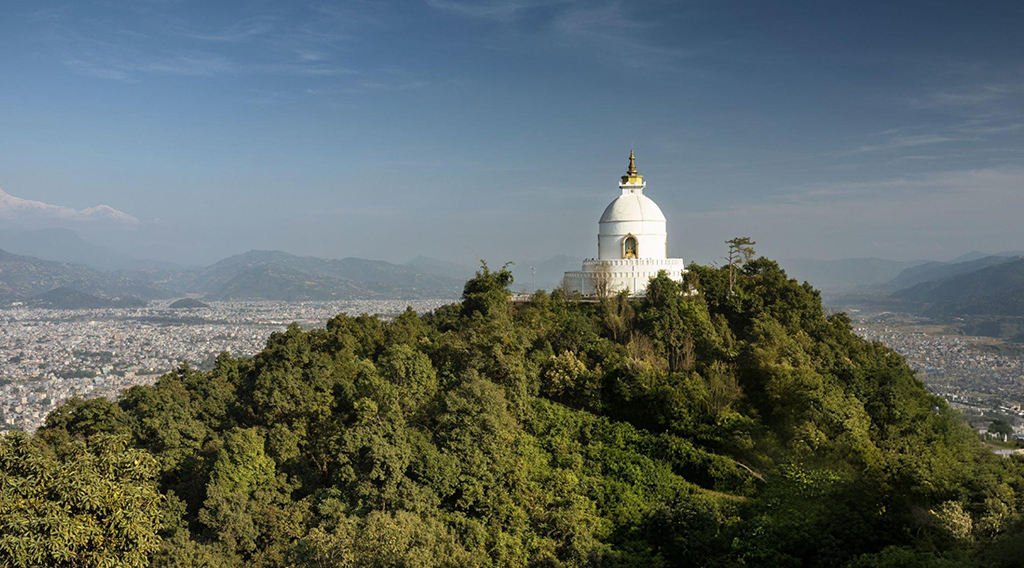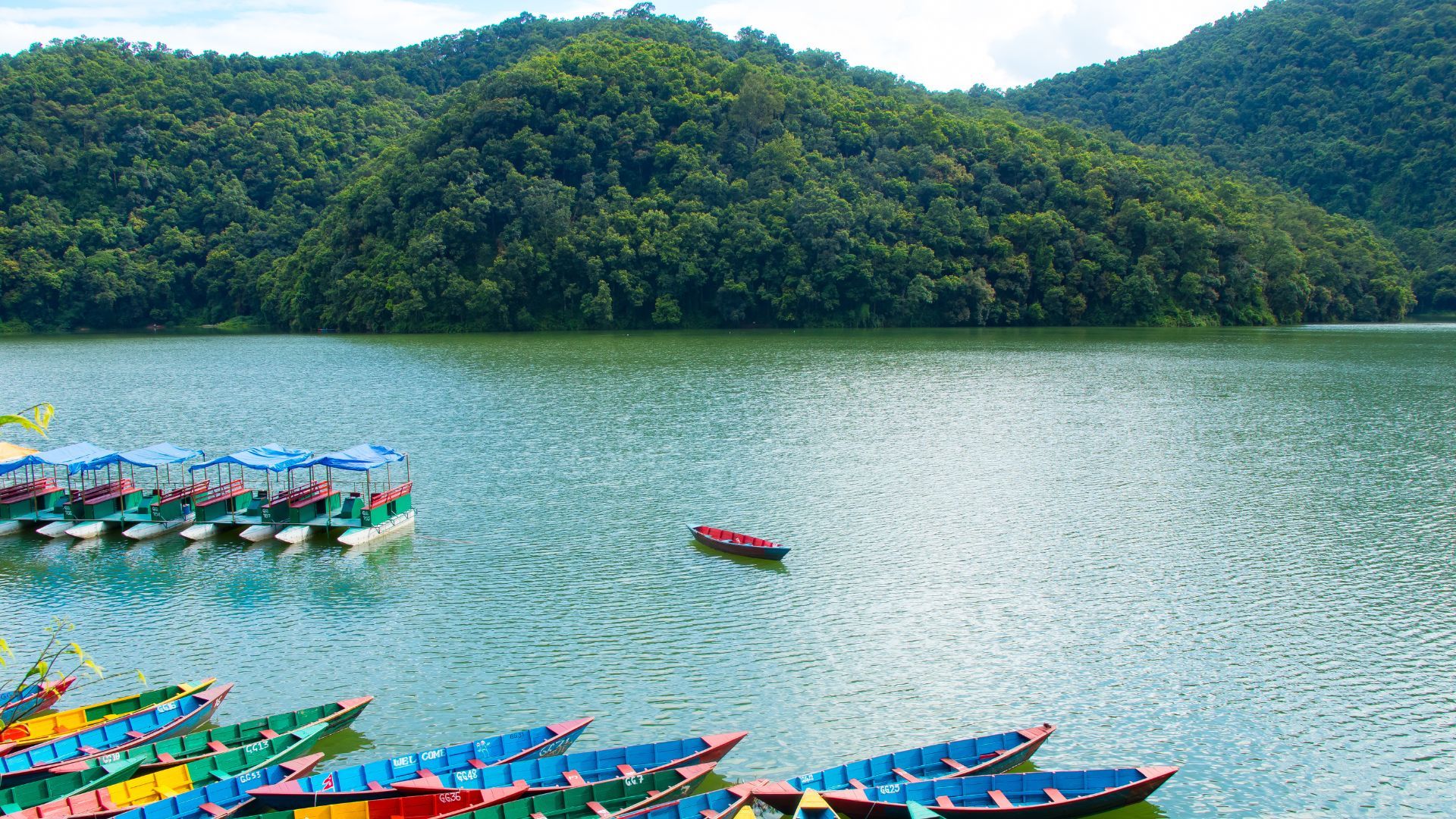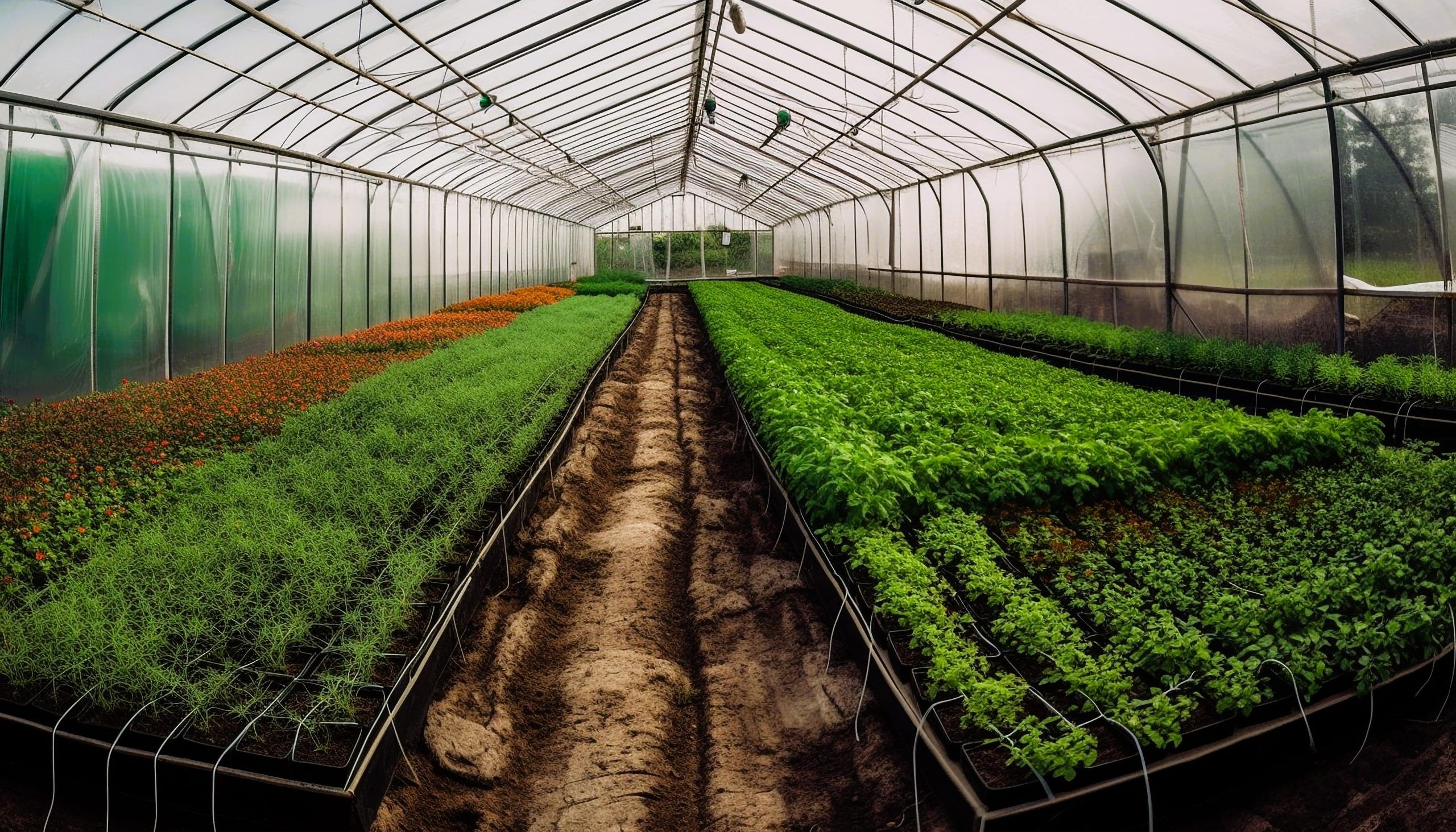Mardi Himal Trek from Pokhara – A complete guide

Nestled in the Annapurna region, the Mardi Himal Trek is a relatively short and less crowded trekking route that offers tranquility and an enchanting view of the Annapurna range. This lesser-known trekking route offers an intimate Himalayan experience with breathtaking views of Machhapuchhre Peak, Annapurna South, and Hiuchuli.
The Mardi Himal Trek is considered a moderate trek suitable for beginners and typically takes around 5 to 7 days to complete from the beautiful lakeside city of Pokhara. The best time for Mardi Himal trek is spring from March to May and autumn from September to November. Along the route, trekkers pass through traditional Gurung and Magar villages, picturesque landscapes, lush rhododendron forests, and a chance to interact with the locals.
Unlike other trekking routes from Pokhara, the Mardi Himal Trek is relatively less crowded and allows trekkers to immerse themselves fully in nature. The main highlight of this trek is reaching the base camp where stunning up-close views of Mardi Himal and the surrounding peaks await.
Mardi Himal Trekking Itinerary
Mardi Himal Trek is a wonderful choice for beginners and travel enthusiasts looking for a less crowded alternative in the Annapurna region with an equal amount of breathtaking beauty. Here is a 7-day itinerary for the Mardi Himal Trek for anyone planning to go soon:
Day 1: Arrive At Pokhara
On day 1, arrive in Pokhara by flight or a scenic drive from your respective destinations. Take this moment to explore and enjoy the serene atmosphere of the city of lakes and the gateway to the Annapurna region.
Day 2: Journey From Pokhara To Deurali
On day 2, start your journey with a drive from Pokhara to Kande, approximately 1 to 2 hours away. From Kande, start hiking through the lush rhododendron forests and alluring villages to reach Deurali.
Day 3: Hike From Deurali To Forest Camp
From Deurali, trek through the dense rhododendron and oak trees, pass through the surrounding mountain’s breathtaking landscapes, and reach Forest Camp.
Day 4: Forest Camp To Low Camp
Ascend uphill through the rhododendron forest until you reach Low Camp. It is a beautiful viewpoint offering panoramic views of the Annapurna range. By this point, the scenery becomes more expansive due to the change in vegetation.
Day 5: Low Camp To High Camp
From Low Camp, trek along the breathtaking views of Machhapuchhre and Mardi Himal till you reach High Camp. This is the highest point of the trek from where you can enjoy stunning sunrise and sunset views with snow-capped peaks at the back.
Day 6: High Camp To Mardi Himal Base Camp And Back To Low Camp
Start hiking early in the morning for the Mardi Himal Base Camp through rocky terrains, alpine meadows, and mesmerizing views of the Himalayas. Once you reach the base camp, soak in the awe-inspiring beauty and stunning scenery of the peaks before descending to the Low Camp for an overnight stay.
Day 7: Low Camp To Siding Village And Drive Back To Pokhara
On the final day, trek downhill through the lush forests and terraced fields until the charming village, Siding. Here get a chance to interact and explore the enchanting village before driving back to Pokhara.
Planning Your Mardi Himal Trek
While planning for the Mardi Himal Trek, you should consider several factors to ensure an enjoyable and smooth trekking experience. Travelers are advised to do thorough research about the best time to visit, and the route and prepare an itinerary beforehand based on their fitness level. Before heading towards the trails, you should obtain the necessary permits like the Annapurna Conservation Area Permit (ACAP) and the Trekkers’ Information Management System (TIMS) Card from the Nepal Tourism Board office in Kathmandu or Pokhara. You can also get these permits through an authorized trekking agency around the city.
While packing gear and equipment for the trek, trekkers are advised to pack light yet adequately for varying weather conditions and terrain throughout the journey. Some essential items include a sturdy hiking boot with good ankle support, moisture-wicking clothing, a sleeping bag, basic first aid supplies, a water bottle, and purification tablets.
If you are a beginner, hiring an experienced guide or joining a trekking group is advisable to learn valuable insights about local culture and enhance your experience amidst the breathtaking beauty of the Himalayas.
Accommodation and Dining
During the Mardi Himal trek, accommodation options are lodges and teahouses along the trail which offer basic, comfortable rooms with amenities like beds, blankets, and shared bathrooms. Some lodges even offer attached bathrooms with hot shower facilities. Although the facilities may sound simple, the teahouses and lodge offer a welcoming atmosphere with local and international dishes like pasta, sandwiches, pancakes, and pizzas to cater to different palates. Some teahouses even offer snacks and beverages for free to keep trekkers energized throughout their journey.
Talking about dining facilities, trekkers get an opportunity to savor delicious local Nepali cuisines like dal bhat (rice with lentil soup and veggies), thukpa (noodle soup), roti (flatbread), and momo (steamed dumplings with meat or vegetable filling). The meals are prepared with locally sourced ingredients which provides rich nutrition. Most of the lodges and teahouses provide set meal options with breakfast, lunch, and dinner which can be enjoyed in communal dining areas while socializing with fellow trekkers. The accommodation and dining options along the Mardi Himal trail offer a blend of culinary delights, hospitality, and comfort which enhance the overall trekking experience.
Permits and Regulations
For the Mardi Himal trek, trekkers typically need two main permits which are, the Annapurna Conservation Area Permit (ACAP) and the Trekkers’ Information Management System (TIMS) Card. ACAP is required to enter the Annapurna Conservation Area where the Mardi Himal is nestled at. This permit supports the sustainable development and conservation efforts in the area.
On the other hand, TIMS is essential for all trekkers in Nepal as it provides important information for trekkers’ safety and security by providing their details and itinerary to authorities for emergency response when needed. Both of these permits can be obtained from the Nepal Tourism Board office or an authorized trekking agency in Kathmandu or Pokhara.
Besides the two permits, trekkers are expected to respect and follow local guidelines, customs, and traditions of the communities throughout the trail. Trekkers should be mindful of cultural sensitivities, and environmental conservation, and stay on designated trails to minimize pollution. By adhering to these permits, guidelines, and regulations, travelers can enjoy a safe and responsible trekking experience on the Mardi trail while contributing to the conservation efforts of the region.
Packing List
While packing for the trek, trekkers are advised to carry a sturdy backpack with the capacity to carry their essentials comfortably. Here is a list of other essentials to help you prepare:
- Well-fitting hiking boots with good ankle support
- Moisture-wicking base layer and fleece jackets to provide warmth
- A lightweight sleeping bag suitable for cold nights
- Adjustable trekking poles for support on steep trails
- Headlamps or flashlights to navigate during early morning or evening hikes
- Reusable water bottles and water purifying tablets to stay hydrated on clean water
- Sunscreen with SPF, Lip balm, and basic toiletries for daily use
- Insulated hat, gloves, and socks to keep yourself warm at higher altitudes
- Altitude sickness medication and basic first-aid kits like adhesive bandages, pain relievers, and blister treatment
The packing list can be adjusted according to your needs and personal preferences, weather forecasts, and trekking conditions.
Health and Safety Considerations
Ensuring health and safety during any trek including Mardi is paramount for an enjoyable and successful trekking experience. One of the main factors to consider while trekking is altitude sickness or acute mountain sickness (AMS) which can occur while climbing uphill too quickly without proper acclimatization. This can cause headache, dizziness, nausea, and fatigue and trekkers are advised to descend immediately if symptoms worsen.
Travelers are also advised to avoid alcohol consumption during the journey and consume a balanced diet with equal amounts of carbs, protein, and fats. Visitors should carry a basic first-aid kit and a whistle for signaling for help in case of emergencies. Trekkers are highly recommended to familiarize themselves with emergency contacts including local rescue services and medical facilities along the trekking route.
By prioritizing these things, trekkers can minimize risks and enjoy a safe and rewarding experience with alluring scenery on the Mardi Himal Trek.
Responsible Trekking
While traveling to a new place, it is crucial to be mindful of the surroundings, and local communities, and follow principles to minimize environmental impact, culture, traditions, and bio-diversity. Trekkers should follow the “Leave No Trace” policy and dispose of their waste properly to minimize pollution and preserve the natural beauty of the Mardi Himal region.
It is advised not to carry single-use plastics to avoid littering and to use designated waste disposal facilities provided by the locals. One should respect the local culture, customs, and traditions of the local communities and dress modestly when visiting their religious sites. You should seek permission before taking photographs of any kind and educate yourself about their history by interacting with locals.
One should support local communities by purchasing goods and services from local shops and staying in locally-owned teahouses. You can also support them by hiring porters, and local guides, and making donations to the local community projects, and conservation efforts in the region. By practicing responsible trekking methods and adhering to guidelines, trekkers can contribute to the local economy and support the communities while making memories.
Post-Trek Activities in Pokhara
After a week-long exhilarating Mardi Himal trek, trekkers can unwind amidst Pokhara’s stunning natural beauty taking a stroll around the mesmerizing Phewa Lake, and venturing around the city. This beautiful city offers dozens of activities to enjoy including boating in Begnas/Phewa/Rupa lakes, a short hike to the magnificent Wold Peace Pagoda situated on a hilltop, a thrilling experience of paragliding over the lake with a stunning view and exploring breathtaking Davis Falls or Bat Cave.
Learn about unique things not to be missed while visiting Pokhara

Besides all the adventure, Pokhara offers a perfect spot for trekkers seeking relaxation and comfort after a tiring trek at Dorje’s Resort and Spa. Nestled amidst the serene surroundings of Phewa Lake and overlooking Pokhara, Dorje’s offers warm hospitality, comfort, and cozy rooms with tranquility away from the bustle of the city. As you transition from the rugged trails to relaxation, let Dorje’s be your oasis of comfort and warm hospitality with our dedicated staff who ensures your stay is seamless and memorable. Treat yourself to a revitalizing massage at our spa along with a refreshing dip in our pool all while basking in the serenity of the surrounding beauty. As you reflect and unwind your trekking adventures and cherish the life-long experience, let Dorje’s Resort and Spa be your home away from home.





